Overture to The Song of Hiawatha
by Samuel Coleridge-Taylor
Never before engraved full score now available as part of the new edition.
Score and parts of the edition are available free of charge on IMSLP
Printed score and parts can be purchased on JWPepper.
Edition revised in 2023 to include a new source.
Coleridge-Taylor’s cantata “Hiawatha’s Wedding Feast” of 1898, based on Longfellow’s epic poem “The Song of Hiawatha”, was an immediate and long-lasting success. Even before its premiere, a piano-vocal-score printed by Coleridge-Taylor’s publisher Novello sold numerous copies. The profits from the music sales led Novello to quickly commission two sequel cantatas (“The Death of Minnehaha” and “Hiawatha’s Departure”) and make the work into a trilogy, “Scenes from The Song of Hiawatha”.
The overture to “The Song of Hiawatha” was composed during his work on the second cantata, “The Death of Minnehaha”. It was conceived as an opener to a performance of “Hiawatha’s Wedding Feast” at the Norwich Triennial Musical Festival. This well attended event included premiers and performances of recent choral and orchestral works by the leading British composers of the day, alongside classics of the choral and symphonic repertoires. The premiere took place on the festival’s concluding concert in the evening of October 6, 1899, at the Norwich cathedral, conducted by Coleridge-Taylor himself (as was customary). A report in The Musical Times from August 1899 stated that “The overture [is] composed expressly for the occasion”. It was played again 20 days later at the premiere of the “Death of Minnehaha”.
The overture begins with a slow introduction hinting at its principal theme, accompanied by prominent harp arpeggios. The main part of the overture, in full sonata form with an imaginative development section, features a principal theme loosely based on the spiritual “Nobody Knows the Trouble I’ve Seen” with a passionately lyrical secondary theme. The overture ends with a short, festive coda, based on the first choral episode of “Hiawatha’s Wedding Feast”. Coleridge-Taylor stated the overture’s intent is “an attempt to reproduce, or, at least, to suggest, the impressions received by the composer on reading Longfellow’s poem” (see more in Samuel Coleridge-Taylor, Musician: His Life and Letters by W.C. Berwick Sayers, 1915, pp. 86-88).
The Hiawatha overture received somewhat mild reviews in the contemporary press:
“The Overture is a very fine piece of work, more lofty and serious in character than the “Wedding-Feast”, for the obvious reason that it is to prelude other scenes from the “Song of Hiawatha” that are much more sombre in colouring. It has, however, much of the same open-air feeling, the same melodic beauty and vigour of rhythm.” - The Musical Times, November 1, 1899
“In the third English novelty, Mr. Coleridge-Taylor’s “Hiawatha” overture, the attempt is made somewhat after the fashion of Dvořák’s American Symphony, to construct a work on classical lines with subjects drawn from Folk-Song. The result is hardly as happy as in the same composer’s “Scenes from Hiawatha”, which was recently noticed in these columns, but the composer’s genius for orchestration and clever use of rhythm are as noticeable as ever, and the work will not detract, even if it does not add to his growing reputation.” - The Pilot, May 19, 1900
An ad in the Musical Times (November 1, 1899) promoting sheet music sales by Novello, contains a variety of more positive reviews:
In preparation for the premiere, Novello published a piano reduction by Coleridge-Taylor and engraved and printed the string parts. While these were purchasable, the full score and other parts were rented from Novello in manuscript form (see above, “MS”). The practice of engraving only the string parts (for ease of producing multiple copies) was common at the time, and only pieces that proved sufficiently profitable and popular went through an engraving process for the rest of the material. In the overture’s case, Novello proceeded to engrave and print the rest of the parts in February of 1900. The score was never engraved, and remained as a manuscript in a copyist’s hand. This new edition presents the first engraving of the full score.
The Hiawatha overture soon became an independent concert piece, and, until this day, is commonly performed separately from the cantatas. There are several commercial and live performance recordings available.
Dr. Rotem Weinberg, June 20, 2022


